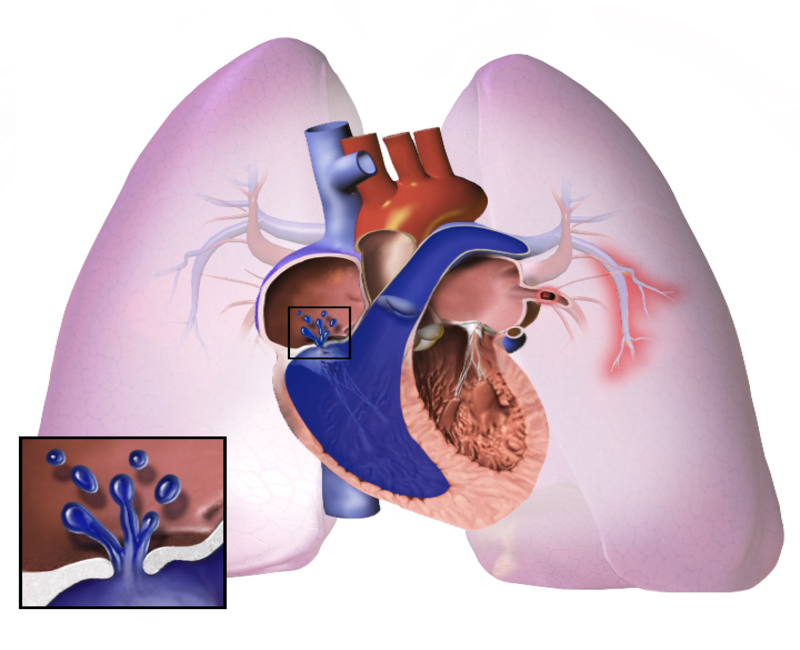
Bayer and Merck have secured US Food and Drug Administration (FDA) breakthrough device designation for an artificial intelligence (AI) based software to detect chronic thromboembolic pulmonary hypertension (CTEPH) signs in computed tomography pulmonary angiography (CTPA) scans.
The AI software for chronic thromboembolic pulmonary hypertension (CTEPH) pattern recognition solution will be based on deep-learning.

Discover B2B Marketing That Performs
Combine business intelligence and editorial excellence to reach engaged professionals across 36 leading media platforms.
It has been designed to process image data from cardiovascular, lung perfusion and pulmonary vessel analyses in conjunction with the patient’s pulmonary embolism history.
If development materialises, the CTEPH detection software can be deployed through Bayer’s informatics technology platform called Radimetrics. The platform delivers insights by linking contrast medium with injector and scan information.
CTEPH is a rare type of pulmonary hypertension and is estimated to impact around eight to 40 people per million globally. Its symptoms are similar to other lung conditions, making it difficult to diagnose.
Identification of the disease is considered hard due to the complex findings involving the heart, lung and pulmonary vessels. Commonly, CTPA and a ventilation/perfusion scan (V/Q scan) are used to detect the condition.

US Tariffs are shifting - will you react or anticipate?
Don’t let policy changes catch you off guard. Stay proactive with real-time data and expert analysis.
By GlobalDataThe new AI software is expected to support radiologists in the diagnosis of the complex condition.
Bayer Pharmaceuticals radiology research and development division head Olaf Weber said: “Bayer is looking forward to leveraging our expertise in radiology to develop a software to support radiologists and treating physicians in the complex diagnostic decision-making process of this rare disease.
“We hope that greater awareness of CTEPH in conjunction with a decision-support tool will eventually assist in diagnosing patients earlier and more reliably, thereby allowing earlier treatment.”
The company added that the FDA designation could speed up the CTEPH detection software assessment and review, but its development is still complex given the nature of the disease and technology.





